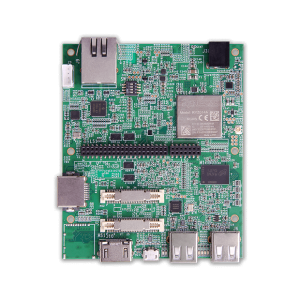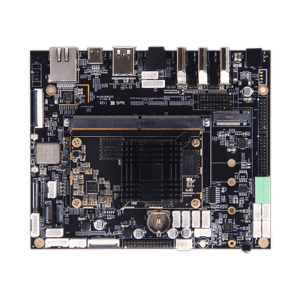Benefits of System on Element for High-Performance Applications
Benefits of System on Element for High-Performance Applications
Blog Article
System on Element vs. Simple Panel Pc: Essential Variations Explained
Having a new product often requires extended timelines, delicate patterns, and significant reference investment. For businesses trying to accelerate this technique while sustaining supreme quality requirements, a system on module manufacturers gift ideas an modern solution. That small module not merely simplifies the growth process but also helps accelerate solution progress cycles without limiting functionality or reliability.

SoM: A Developing Block for Successful Item Growth
A System on Component (SoM) is just a complete processing component that encapsulates all the components needed to run a certain application. It always consists of a processor, memory, storage, and other necessary peripherals such as connectivity options and communication interfaces. The main element benefit of an SoM is their compact size, rendering it easy to combine into any solution design.
Streamlining Item Development with SoMs
Historically, creating a new product requires designing and building every part from scratch. This technique could be time-consuming and resource-intensive, particularly for complicated products.
What's a System on Module
A Process on Component, usually abbreviated as single board computer manufacturer, is just a compact, integrated enterprise that comes pre-loaded with necessary parts like a microprocessor, storage, energy administration, and occasionally even connection options. Think of it as a pre-built base for your solution, enabling designers to concentrate on particular functionalities without reinventing the wheel.
Why System on Element Benefits Solution Development
Here really are a several methods a System on Element somewhat boosts the merchandise growth process.
Simplifies the Style Process
Developing a custom table from damage requires time-consuming projects like selecting parts, designing the signal, and screening hardware. By adding numerous key functionalities, an SoM simplifies this process. Designers can concentrate on designing the unique aspects of their item in place of worrying about low-level electronics complexities.
An example worth considering is in IoT devices. Rather than planning every portion, designers may use an SoM to integrate important IoT features easily, decreasing the general time to market.
Reduces Risk
Custom electronics design inherently bears dangers of errors and delays. Debugging and ensuring component compatibility may pull timelines. An off-the-shelf System on Element is pre-tested for efficiency and stability, reducing odds of problems and ensuring a stable foundation. Designers may confidently build upon this without worrying all about the basics.
Decreases Costs
While upfront prices of an SoM might appear more than some components, it fundamentally preserves time and source allocation, lowering charges in the extended run. Furthermore, the option of widely-used modules guarantees scalability without requiring constant redesigns.
Speeds Up Prototyping

Quick prototyping is required for corporations aiming to iterate easily and fit market demands. An SoM helps quicker prototyping by providing a ready-to-use foundation. Groups may rapidly construct a prototype, check performance, and produce improvements without awaiting extensive hardware style cycles.
Helps Maintenance
Process on Modules are created to provide long-term support, which ensures compatibility around time. Improvements or changes to the module don't demand a total overhaul, further accelerating future product iterations.
Empowering Quicker Innovation
Adopting a Program on Component can revolutionize how products are developed. By reducing design complexities, minimizing risks, and allowing scalability, corporations may produce impressive solutions more efficiently. For industries where time to promote is a important metric for accomplishment, adding an SoM into the growth method is a game-changing strategy. Report this page